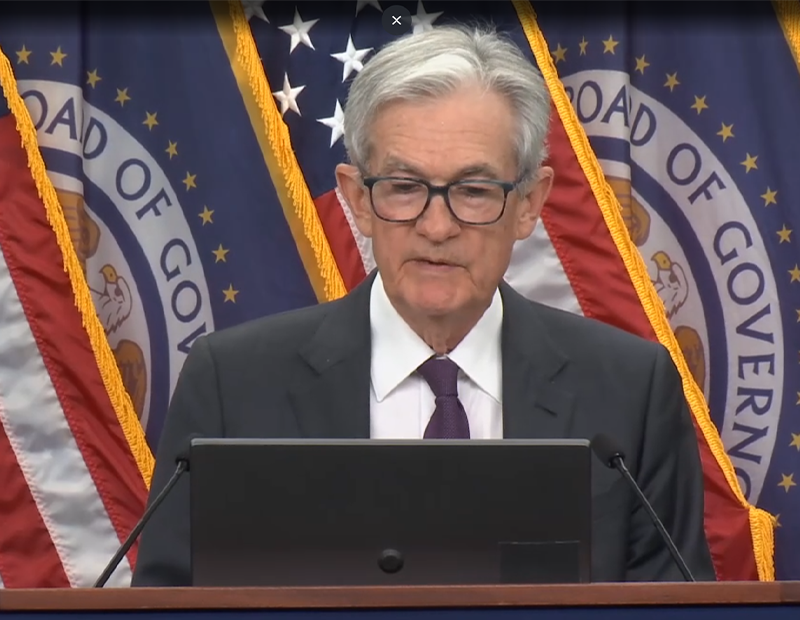The Sun Belt’s Surging Office Market
These cities command respect at a challenging time, writes columnist Sandy Paul.
For years, investors have viewed the office markets of Boston, Chicago, Los Angeles, New York, San Francisco, and Washington, D.C., as core investment opportunities—large, gateway markets with enough growth potential to produce steady returns. However, during the most recent growth cycle—and particularly since the start of the COVID-19 pandemic—a new set of markets is captivating investors’ attention and dollars.
America’s Sun Belt markets—led by Atlanta, Austin, Dallas, Houston, and Phoenix but including other southern metros as well—are commanding respect for their high rates of employment growth and the leasing activity they are producing during a challenging period.
According to CBRE’s U.S. Real Estate Market Outlook 2022, “the relatively resilient Sun Belt markets of Austin, Miami, San Jose and Charlotte will also benefit in 2022 from company in-migration and the tech sector’s dynamic growth.” However, this is against the backdrop of an overall office market that still favors tenants, as the recovery slowly continues from the market downturn precipitated by the pandemic. CBRE notes that “despite the positive momentum, the national office vacancy rate will reach its highest level since 1993 in 2022 due to the delivery of more than 53 million square feet of new office construction.”
In that context, the fact that “several downtown office markets like Austin and Miami are already recovering robustly” highlights the strong position of the Sun Belt markets. JLL confirmed these conclusions in its own report assessing market performance in the final quarter of 2021, noting that “Sun Belt markets such as Atlanta, Austin, Charlotte, Dallas, Miami, Nashville, Phoenix and Raleigh led activity, with many of these markets approaching pre-pandemic levels of leasing volume, while larger gateway cities continued to lag.”
Not a Pandemic Trend
The Sun Belt markets expanding rapidly and attracting outsized attention from investors is not a trend initiated by the pandemic. For years, these markets have been outperforming many of their larger, northern competitors—a function of their availability of labor, undergirded by good weather and a tax-friendly business environment. However, the pandemic has accelerated the performance of these markets at a time when many others have struggled with the net decline in demand for office space that COVID-19 brought and hybrid work schedules are reinforcing. At the peak of the pandemic, many office tenants temporarily closed their spaces in large, dense Northeast markets, and some of their employees relocated further south. Pre-pandemic corporate relocations that were driven in part by cost savings—such as Honeywell’s move from New Jersey to Charlotte and AllianceBernstein’s move from New York to Nashville—were amplified by these more recent tenant decisions.
In June of 2021, Newmark published a study that ranked 22 major U.S. office markets against one another across 39 key performance metrics. The study identified Tampa, Miami, and Dallas as being best positioned overall for office market performance during the current economic recovery period. The report noted that the migration of talent, combined with a lower-cost environment for businesses, has been driving corporate relocations to Sun Belt markets. Newmark also highlighted Nashville, Tampa, Dallas, and Phoenix as the top four markets in the report’s aggregated economic metrics. Ultimately, demand for office space is primarily driven by the growth of office-using jobs, particularly those in the professional services industries.
Bureau of Labor Statistics data through the end of 2021 confirms that the four markets Newmark spotlighted are producing professional services jobs at a strong rate; they all matched or exceeded the national growth rate for that employment sector last year. In fact, Dallas, with an employment increase of 10.7 percent in its professional services sector during 2021, nearly doubled the national growth rate of 5.6 percent.
Qualitatively, investors tend to reinforce the economic data with their own decision-making. The Association of Foreign Investors in Real Estate (AFIRE) surveys its members annually with regard to their target markets for increasing investment. Those members identified Austin, Dallas, and Atlanta as three of their top four target markets for U.S. investment last year. Boston was the only market outside the Sun Belt that was included in the top four.
Employee Housing Issues
One downside of the rapid growth of Sun Belt cities and their office markets is that housing for those employees is becoming much more expensive. For example, the Case-Shiller index shows that metro Atlanta’s indexed home prices increased 21.9 percent over the 12 months ending in December 2021. By comparison, its average office asking rent increased 2.9 percent during 2021, according to Savills. Notably, Miami (with a decline of 190 basis points) and Phoenix (with a decline of 350 basis points) are two of the few U.S. office markets to experience a reduction in vacancy rate during 2021, according to data from Yardi Matrix. By comparison, the U.S. office market endured a vacancy rate increase of 110 basis points last year. Broadly, the residential market is outperforming the commercial market; within the office segment, Sun Belt cities are outperforming most of their competitors.
As investors revise their strategic plans for a post-pandemic environment, they are likely to give additional consideration to the share of capital they place in the Sun Belt. While some tenants’ decisions to remain in a hybrid or remote work setting could put downward pressure on overall demand for office space, Sun Belt markets may offer a particularly good opportunity for long-term office market investors.
Alexander (Sandy) Paul is an expert on commercial real estate research, market analysis, and thought leadership. He is a 20-year veteran of the industry and most recently served as Newmark’s Senior Managing Director of National Research.








You must be logged in to post a comment.